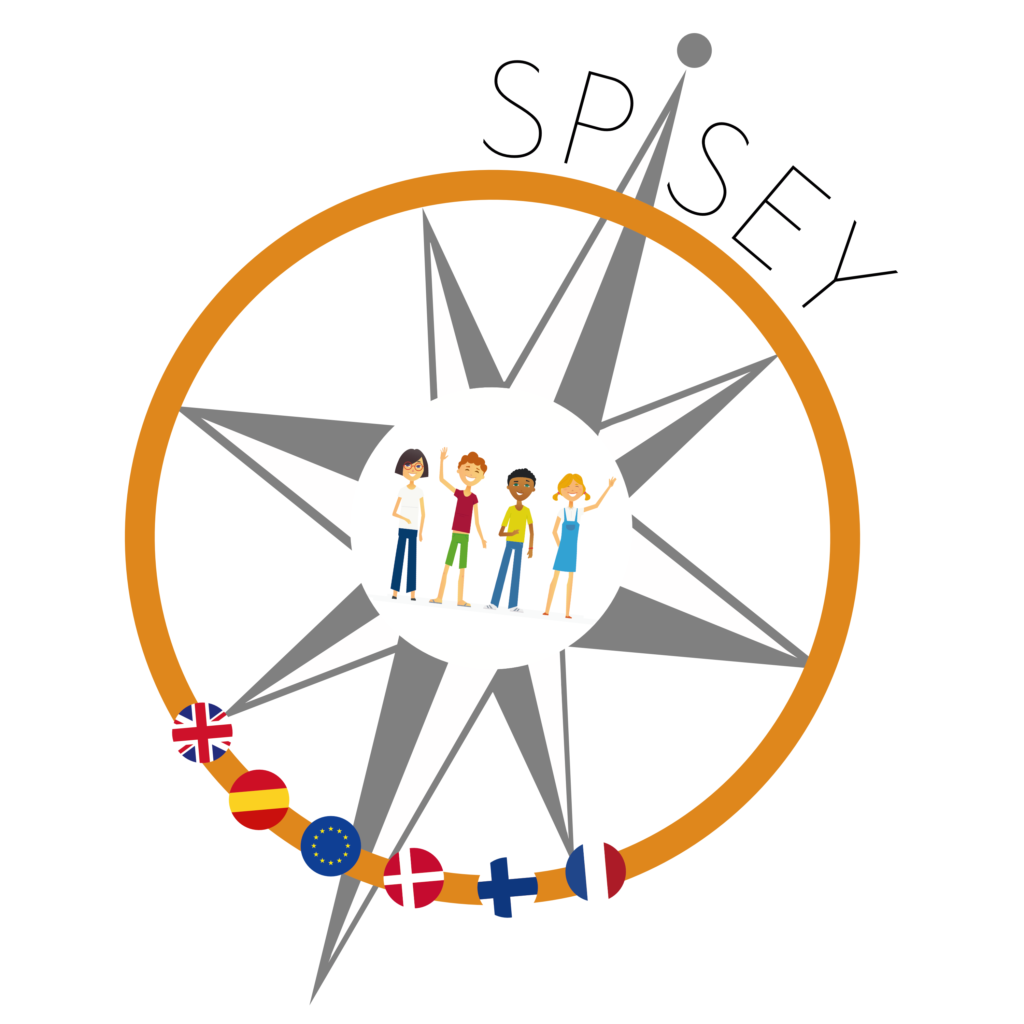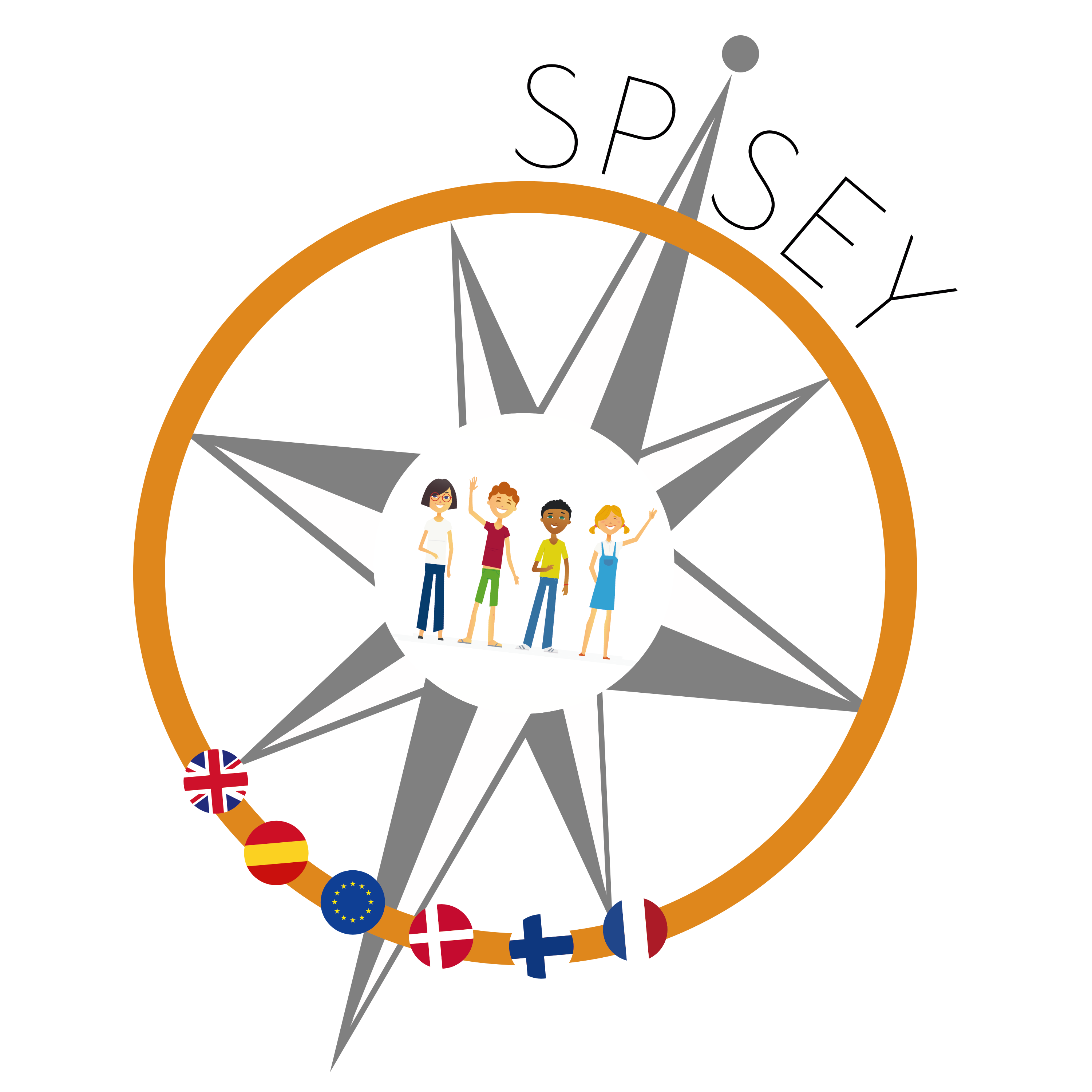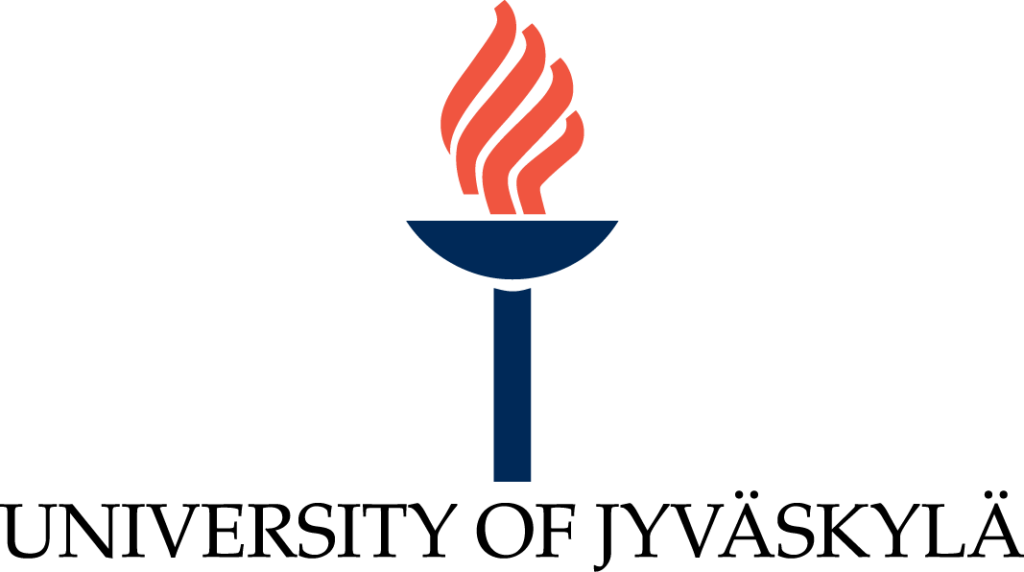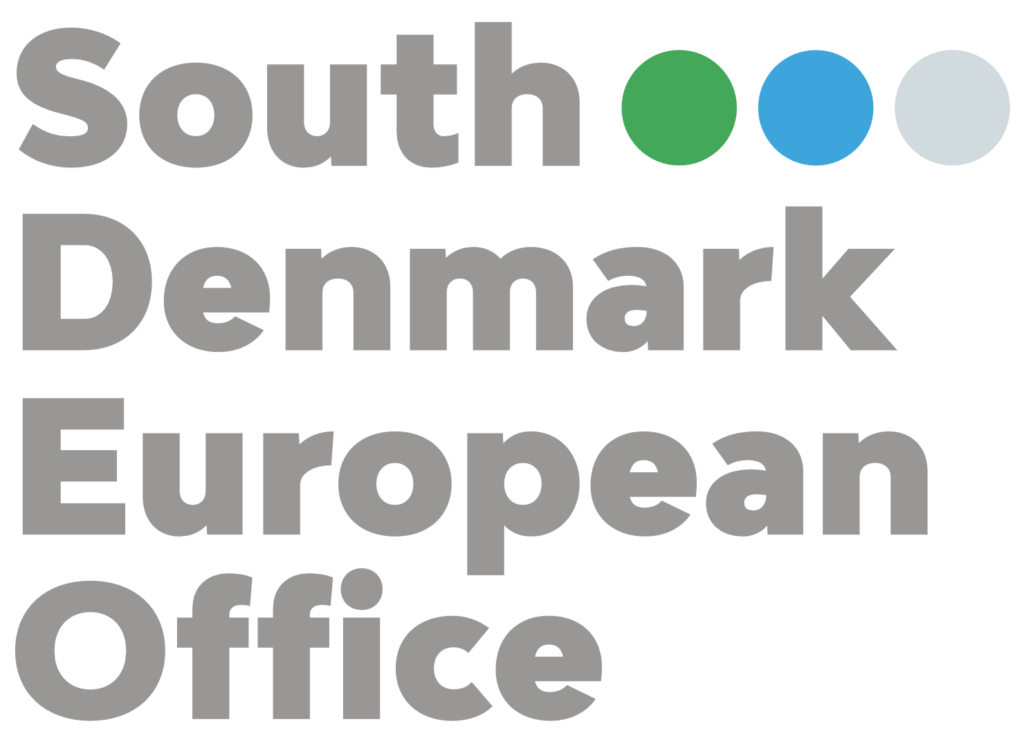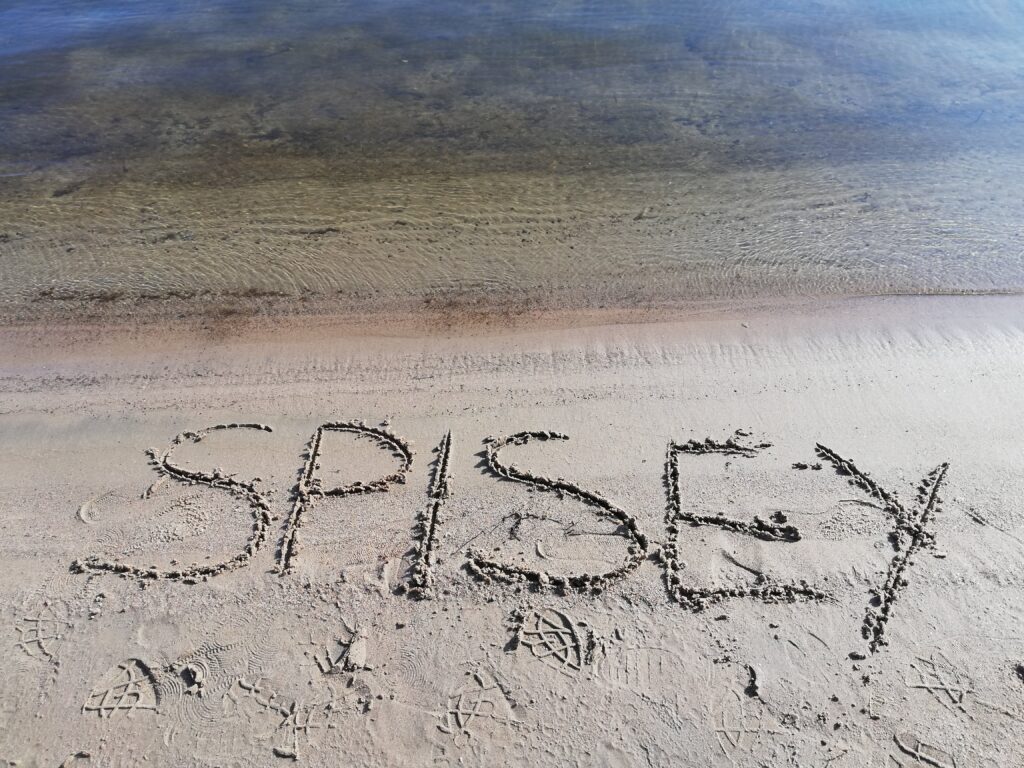

The project behind SPISEY
All children, including those with special needs, should all be given the possibility to be a part of the social and learning community of the school.
The road towards the inclusive school is about promoting a more comprehensive understanding of inclusion, and to foster a culture of inclusion throughout the school system, as well as taking a more holistic approach encompassing a wider range of actors from politicians, local administration of education, teachers, pedagogues, parents and not least children.
We want to take a strategic, holistic and relational approach on how to develop inclusive schools and learning environments in European Member states. We want to foster a learning environment that is motivating for both students and teachers, and that inspires collaboration.
The SPISEY project works to develop an innovative management model. Based on the Danish Inclusion Compass, SPISEY aims at testing and implementing a generic model for supporting leaders of schools, educators and teachers in dealing with diversity and creating the inclusive school for all children across Europe.
Relevance of the project
The SPISEY project is about creating the inclusive school from a management perspective, ensuring that all children and young people receive high quality education and reach a successful completion of a qualifying youth education.
Inclusive education is a process that involves the transformation of schools to cater for all children and young people, and as such very much a management process that requires both leadership, planning and coordination across internal as well as external actors, including e.g. politicians, local administration, local community, colleagues, other professionals and not least parents and children.
In this context, the SPISEY project presents the following deliverables:
SPISEY baseline report
The Baseline Report is based on input and knowledge from interviews with schools in each country, as well as a policy analysis of all participating countries’ existing policy and initiatives to promote social inclusion in schools and the creation of an inclusive school.
The report shows that the policy context is extremely different between the countries, as well as the degree of autonomy within school management. This factor is important for the level of leadership, but it seems like the “whole school approach”, which is also extremely relevant when dealing with social inclusion is suitable and relevant for all participating countries.
In relation to the needs analysis, the baseline report revealed that the understandings of the concept of inclusion varied, and both narrow and more broad definitions of inclusion exists. Tension between inclusion as learning opportunities and inclusion as placement in mainstream school could also be found. A lack or the vagueness of the local inclusion strategies, spare funding and resources, few supporting organisations, home-school interaction problems, and lack of joint vision and inclusive school culture seemed to be the main challenges of the inclusive education at the local level.
Many school managers’ competence needs were relating to the competences to lead through culture and values, the challenges to lead professional teams, to strategic management, and pedagogical leadership. Collaboration competencies with many stakeholders were often mentioned. School managers told also about the competence needs of the teachers and other educational staff. Patience, adaptability, and courageous were seen leadership strengths. The competence needs of teachers were related to interaction with pupils and colleagues
You can download the needs analysis here
The European Inclusion Compass
Based on the needs analysis, the SPISEY partnership has developed the European Inclusion Compass. The European Inclusion Compass is based on a Danish version that was developed for the Danish School Manager Association in 2013. The change from a Danish Inclusion Compass into a European Inclusion Compass has been done in a European collaboration process, where all partners in the SPISEY project have participated with their specific knowledge, competencies and broad experiences from working with schools in their countries, making the cultural and structural diversities within the partnership, a real European asset, and a strong factor for future transferability beyond the partnership.
The European Inclusion Compass consists of 5 parts:
1) A Background Document to the European Inclusion Compass, which is an overall introduction to the Inclusion Compass.
2) Managing the European Inclusion Compass, which is a document designated at school management and external consultants introducing how to work with the Inclusion Compass
3) The European Inclusion Compass Toolbox, where school management and other professionals can find inspiration to facilitate the implementation of the Inclusion Compass
4) A PowerPoint presentation, which can be used by external consultants to present the overall idea of the European Inclusion Compass and how it can be used as a strategic management process tool
5) The European Inclusion Compass Platform , which is a web-based platform, where all the above-mentioned material, as well as recommendations and good practice examples from schools, that have worked actively with the compass will be gathered and accessible for download.
The final version of the European Inclusion Compass will be presented in spring 2022, when have finalized the testing with the local schools and their valuable input has been used to adapt the Compass, based on practical experiences.
The purpose with the first part of the compass; ‘the Background Document’ is to inform potential users of The European Inclusion Compass about the greater perspective related to social inclusion, the current context for inclusion in Europe and not least an appetizer for committing to the process of not just promoting but in fact implementing inclusive practice in any kind of school for children and youth education. Furthermore, you will find arguments for inclusive strategies here. You can download the background paper here.
The second part is a document, titled ‘Managing The European Inclusion Compass’, which is accompanying the Background Document and is developed as a ‘hands on’ document, which goes more into detail about the strategic and practical issue of how to plan and go through the process of using The European Inclusion Compass, from a school management perspective. Hence the document is an exemplification of the process ‘step by step, which is taking place within the school management group and thereby informs and support school management in the process of using both the PowerPoint presentation, and in particular for using the Toolbox developed for supporting the various processes of implementing inclusion. You can download the management document here.
The third part of the compass is the ‘Toolbox for the European Inclusion Compass’, which is an online archive (as well as a hard copy document) where you can find different kinds of facilitation and process tools, which can be used by school management or external consults, to bring a school through the different phases of the inclusion compass. The tools are generic, as well as is the compass, so the individual school will have to apply the tools to their specific context.
The fourth part of the compass is a PowerPoint presentation aiming at giving an overall introduction to the European Inclusion Compass and the principles and philosophy behind. The objective of the presentation is both to inform about the compass and to motivate schools to work more strategically with social inclusion. The PowerPoint presentation is generic in the edition here, but of course it needs to be customized to any local context, so that local consultants and individual school managers can add whatever slide is needed to kick-start a facilitation process. You can download the PPT here.
The European Inclusion Compass Platform is the fifth part of the inclusion compass and will be this website which, by the end of the project (June 2022), will be the place to go for finding all the SPISEY materials developed in the project and mentioned above. The website will be developed into a platform, which will be developed as a European resource and knowledge platform for inclusive schooling and “the place to go” for any kind of wish to get more background information or inspiration for ‘how to do’ when a school wants to apply the Inclusion compass and create inclusive schools. So remember to keep an eye on this website throughout the lifetime of the project and beyond.
Implementation and policy recommendations
Based on the experiences from the testing phase, SPISEY will develop a set of implementation and policy recommendations, as well as good practice stories, which can support the transferability of the project results and provide inspiration to stakeholders outside the partnership, on how to implement the European Inclusion Compass.
The good practice stories will build on what we have learned in the testing phase of the project, where the SPISEY partners will work closely together with local schools and test the European Inclusion Compass within concrete collaboration and innovation processes.
These recommendations will build on a substantial evaluation process in the project, where the partners will focus on barriers and promoting factors for implementation and application of the European Inclusion Compass on local and European level.
These last deliverables will only be available in spring 2022, when we have gathered knowledge and finalized the testing with the local schools. So again, remember to keep an eye on this website throughout the lifetime of the project and beyond.
Download the Spisey deliverables here:
Partners:
Contact:
